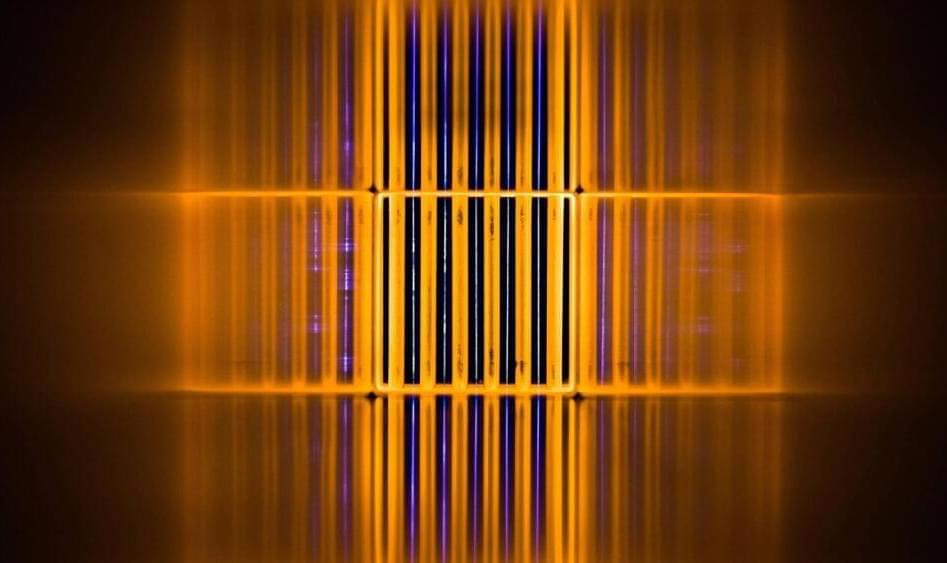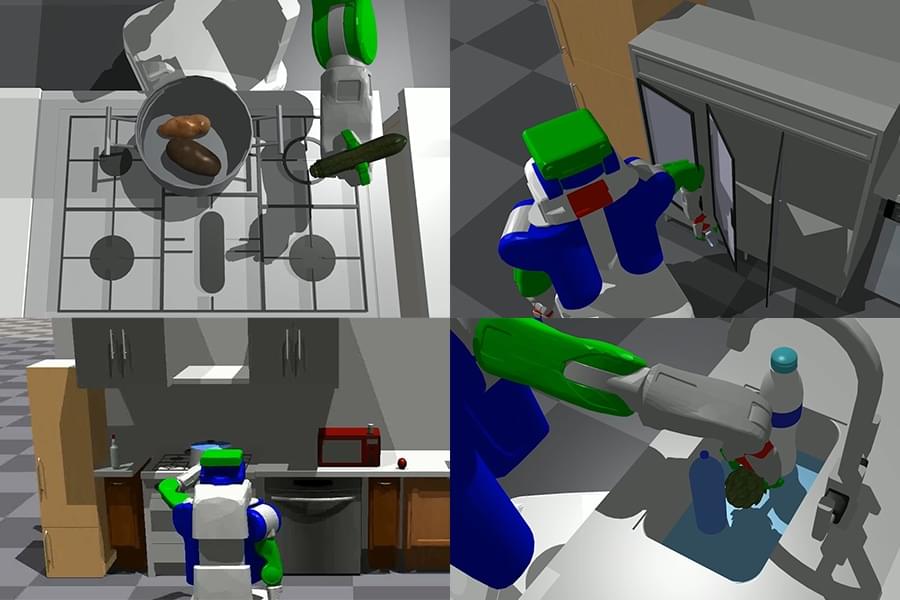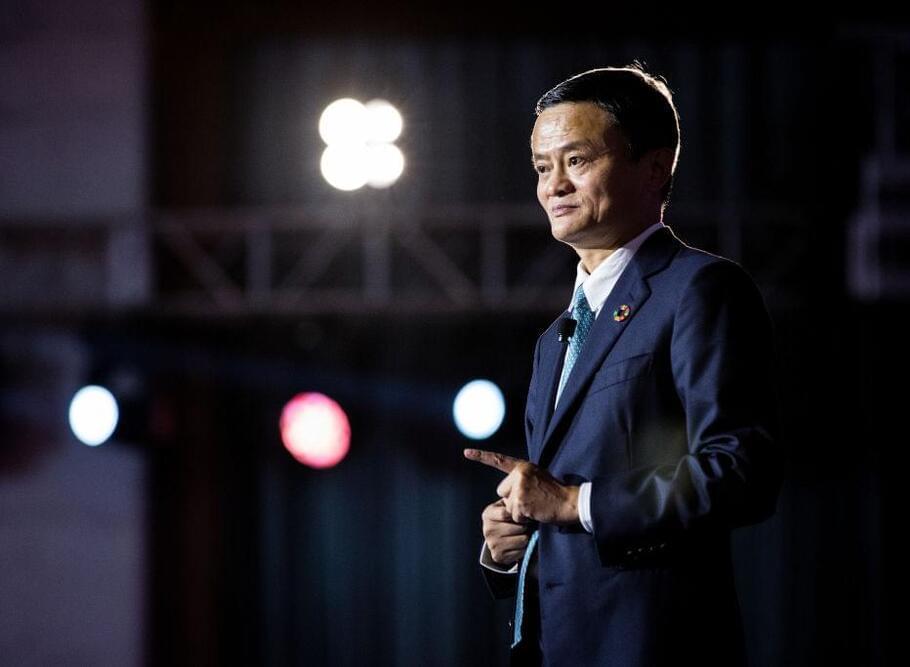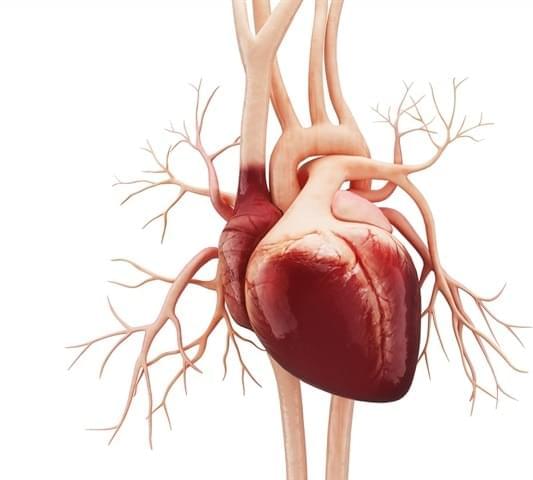Titles like AI Dungeon are already using generative AI to generate in-game content. Nobody knows who owns it.
Get the latest international news and world events from around the world.

Scientists make loudspeakers that can absorb sound for pure silence
This is according to a press release by the institution published last week.
“We wanted to reduce the effect of the membrane as much as possible, since it’s heavy. But what can be as light as air? The air itself,” explained Stanislav Sergeev, a postdoc at EPFL’s Acoustic Group and first author.
“We first ionize the thin layer of air between the electrodes that we call a plasmacoustic metalayer. The same air particles, now electrically charged, can instantaneously respond to external electrical field commands and effectively interact with sound vibrations in the air around the device to cancel them out.”
Electrons are extremely round, a new measurement confirms
The near-perfect roundness deepens the mystery behind how the universe came to be filled with matter as opposed to antimatter.

OpenAI makes GPT-4 generally available
OpenAI today announced the general availability of GPT-4, its latest text-generating model, through its API.
Starting this afternoon, all existing OpenAI API developers “with a history of successful payments” can access GPT-4. The company plans to open up access to new developers by the end of this month, and then start raising availability limits after that “depending on compute availability.”
“Millions of developers have requested access to the GPT-4 API since March, and the range of innovative products leveraging GPT-4 is growing every day,” OpenAI wrote in a blog post. “We envision a future where chat-based models can support any use case.”

MIT develops a motion and task planning system for home robots
Why aren’t there more robots in homes? This a surprising complex question — and our homes are surprisingly complex places. A big part of the reason autonomous systems are thriving on warehouse and factory floors first is the relative ease of navigating a structured environment. Sure, most systems still require a space be mapped prior to getting to work, but once that’s in place there tends to be little in the way of variation.
Homes, on the other hand, are kind of a nightmare. Not only do they vary dramatically from unit to unit, they’re full of unfriendly obstacles and tend to be fairly dynamic, as furniture is moved around or things are left on the floor. Vacuums are the most prevalent robots in the home, and they’re still being refined after decades on the market.
This week, researchers at MIT CSAIL are showcasing PIGINet (Plans, Images, Goal, and Initial facts), which is designed to bring task and motion planning to home robotic systems. The neural network is designed to help streamline their ability to create plans of action in different environments.

YouTube tests AI-generated quizzes on educational videos
YouTube is experimenting with AI-generated quizzes on its mobile app for iOS and Android devices, which are designed to help viewers learn more about a subject featured in an educational video. The feature will also help the video-sharing platform get a better understanding of how well each video covers a certain topic.
The AI-generated quizzes, which YouTube noted on its experiments page yesterday, are rolling out globally to a small percentage of users that watch “a few” educational videos, the company wrote. The quiz feature is only available for a select portion of English-language content, which will appear on the home feed as links under recently watched videos.
Not all of YouTube’s experiments make it to the platform, so it will be interesting to see if this one sticks around. We’re not sure how many people — especially if they’re no longer in school — want to take a quiz while they scroll through videos.

China wraps up fintech crackdown with big fines on Tencent, Alibaba
The regulatory crackdown that has shaken up China’s fintech industry since late 2020 appears to be coming to a close with the imposition of hefty fines on the country’s two digital payments giants.
Tencent, along with its payments subsidiary Tenpay, has been fined approximately 2.99 billion yuan ($410 million) by the People’s Bank of China for “its past regulatory breaches in relation to the provision of payment services in the mainland of China,” the company said in a filing on Friday.
On the same day, the central bank announced it will slap a 7.123 billion yuan (roughly $1 billion) fine on Ant Group, the fintech affiliate of Alibaba, for a range of illegal activities, including those concerning corporate governance, consumer protection, banking and insurance, payments and settlement, anti-money laundering practices and fund sales.
Google’s medical AI chatbot is already being tested in hospitals
The Mayo Clinic has reportedly been testing the system since April.
Google’s Med-PaLM 2, an AI tool designed to answer questions about medical information, has been in testing at the Mayo Clinic research hospital, among others, since April, The Wall Street Journal.
WSJ reports that an internal email it saw said Google believes its updated model can be particularly helpful in countries with “more limited access to doctors.” Med-PaLM 2 was trained on a curated set of medical expert demonstrations, which Google believes will make it… More.
Google says doctors prefer its answers, even if they’re less accurate.


Researchers successfully implanted the first artificial tubular muscle in vivo
In January 2021, EPFL engineers announced in Advanced Science their concept of a novel cardiac assist device that is devoid of rigid metallic components. It consists of a soft, artificial muscle wrapped around the aorta that can constrict and dilate the vessel, ultimately enhancing the aorta’s natural function and aiding the heart to pump blood to the rest of the body.
Now June 2021, EPFL engineers led by Yves Perriard of the Laboratory of Integrated Actuators in collaboration with University of Bern, have successfully implanted their first artificial tubular muscle, in vivo, in a pig. During the 4-hour long operation, their cardiac assist device maintained 24 000 pulsations, of which 1,500 were activated artificially by the augmented aorta.
More information with downloadable pdf:
https://infoscience.epfl.ch/record/296049
In January of this year, EPFL engineers announced in Advanced Science their concept of a novel cardiac assist device that is devoid of rigid metallic components. It consists of a soft, artificial muscle wrapped around the aorta that can constrict and dilate the vessel, ultimately enhancing the aorta’s natural function and aiding the heart to pump blood to the rest of the body.
Now, EPFL engineers led by Yves Perriard of the Laboratory of Integrated Actuators in collaboration with University of Bern, have successfully implanted their first artificial tubular muscle, in vivo, in a pig. During the 4-hour long operation, their cardiac assist device maintained 24 000 pulsations, of which 1,500 were activated artificially by the augmented aorta.